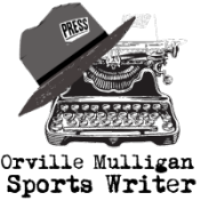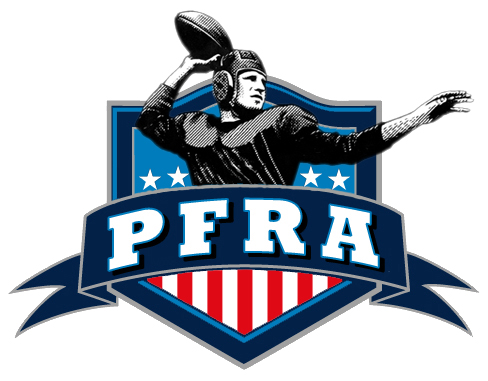Heisman Winners and Face Mask Protection
"Heisman Winners and Face Mask Protection"
Did you know the very first Heisman Trophy winner, Jay Berwanger of the University of Chicago (1936), was also the first to sport a face mask? Interestingly, this wasn't the norm back then. In the 1920s and 30s, after breaking his nose in high school, Berwanger wore a custom "birdcage" mask – a far cry from today's full-coverage designs. These early masks primarily protected the nose and eyes, especially for players who wore glasses.
The topic comes from one of Tim's recent Tidbits titled: The Last Heisman Winner without a Face Mask .
The conversation delves into the storied tradition of the Heisman Trophy, which is awarded annually to the most outstanding player in college football. Notably, the episode features a captivating examination of the last Heisman winner who played without the protective face mask that has become a ubiquitous element of the sport. Through the insights of Timothy Brown from Football Archaeology, the discussion traverses the historical context of helmet usage in college football, highlighting how safety equipment has evolved over time.
Fast forward to the post-World War II era, and the introduction of plastic helmets in the 1940s, which gained popularity as plastic supplies became available for civilian use around 1946, inadvertently led to a rise in facial injuries. The harder plastic meant impacts caused more damage to unprotected faces. This, in turn, drove the increasing adoption of face masks.
Tim Brown highlighted an intriguing point: Paul Hornung, the 1956 Heisman winner, appears to be the last running back or quarterback to win the award without wearing a face mask during his college career. While Notre Dame sported plastic helmets with cross stripes during his time, Hornung only wore a face mask in his Heisman-winning 1956 season, not in 1955. Given the vulnerability of these positions to impact, the adoption of face masks was swift.
Do you know of any Heisman-winning running backs or quarterbacks after Hornung who didn't wear a face mask in college? Let us know in the comments, and we'll add a postscript, giving you credit if desired!
It's fascinating to see how safety in football has evolved, driven by both innovation in equipment and a growing understanding of the risks involved. From rudimentary nose guards to the sophisticated helmets of today, the journey of head protection in football tells a compelling story.
- COLLEGE FOOTBALL: Equipment, Helmet History
- FOOTBALL NAME: Jay Berwanger, Paul Hornung
- VIDEO: Football Archaeology
- CATEGORY: Football Archaeology
- HASHTAGS: #Equipment #HelmetHistory #FootballArchaeology



